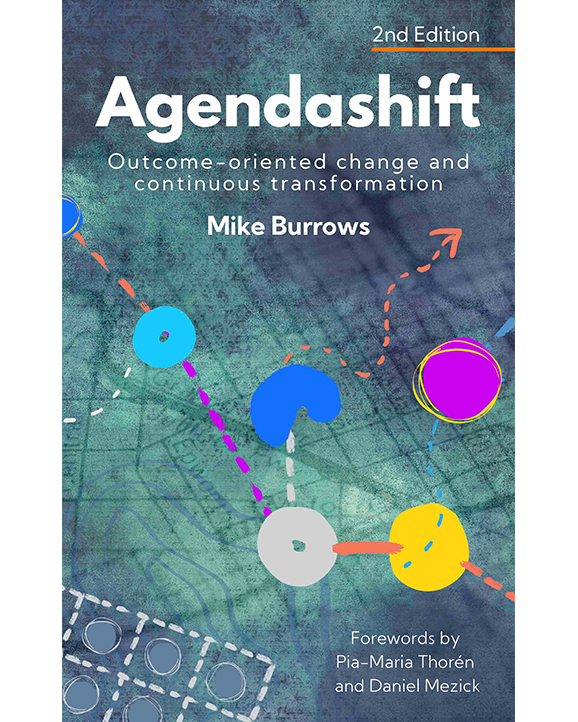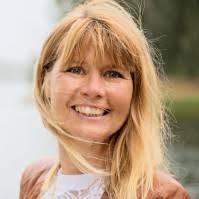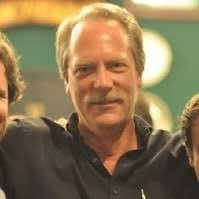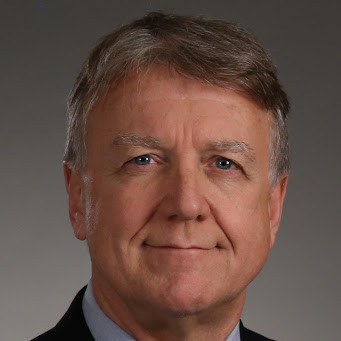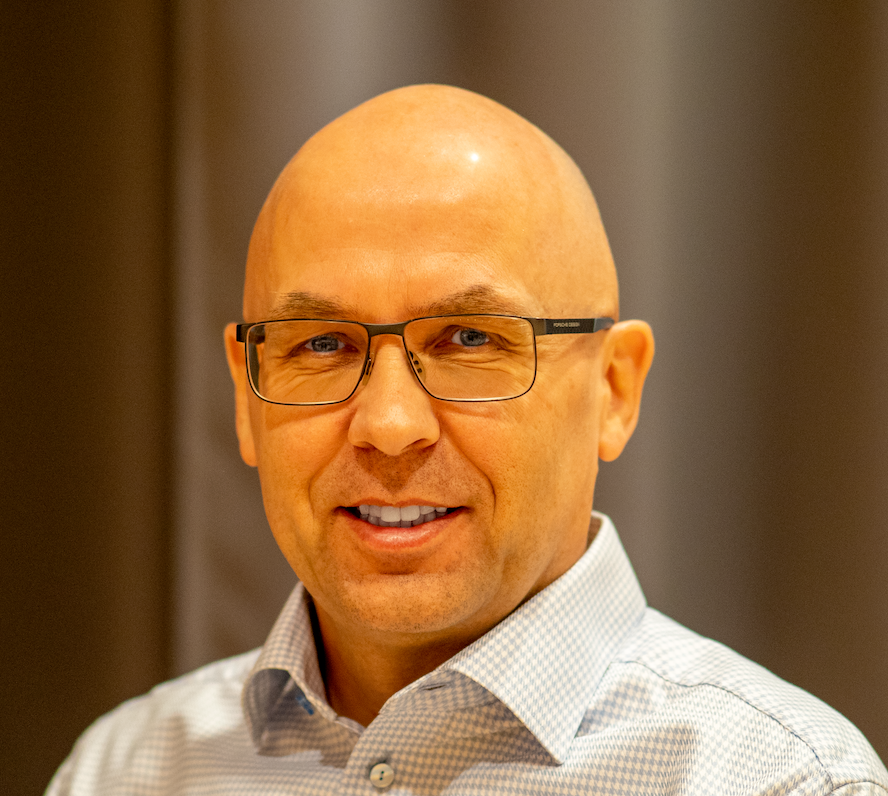Robust Theme
Dec 09, 2019 2020-04-08 7:40Robust Theme
Plenary sessions
Welcome and introductions
Mike Burrows
Conference Chair
Introducing Agendashift, a taste of what’s new in the 2nd edition, and speakers involved in Agendashift’s development.
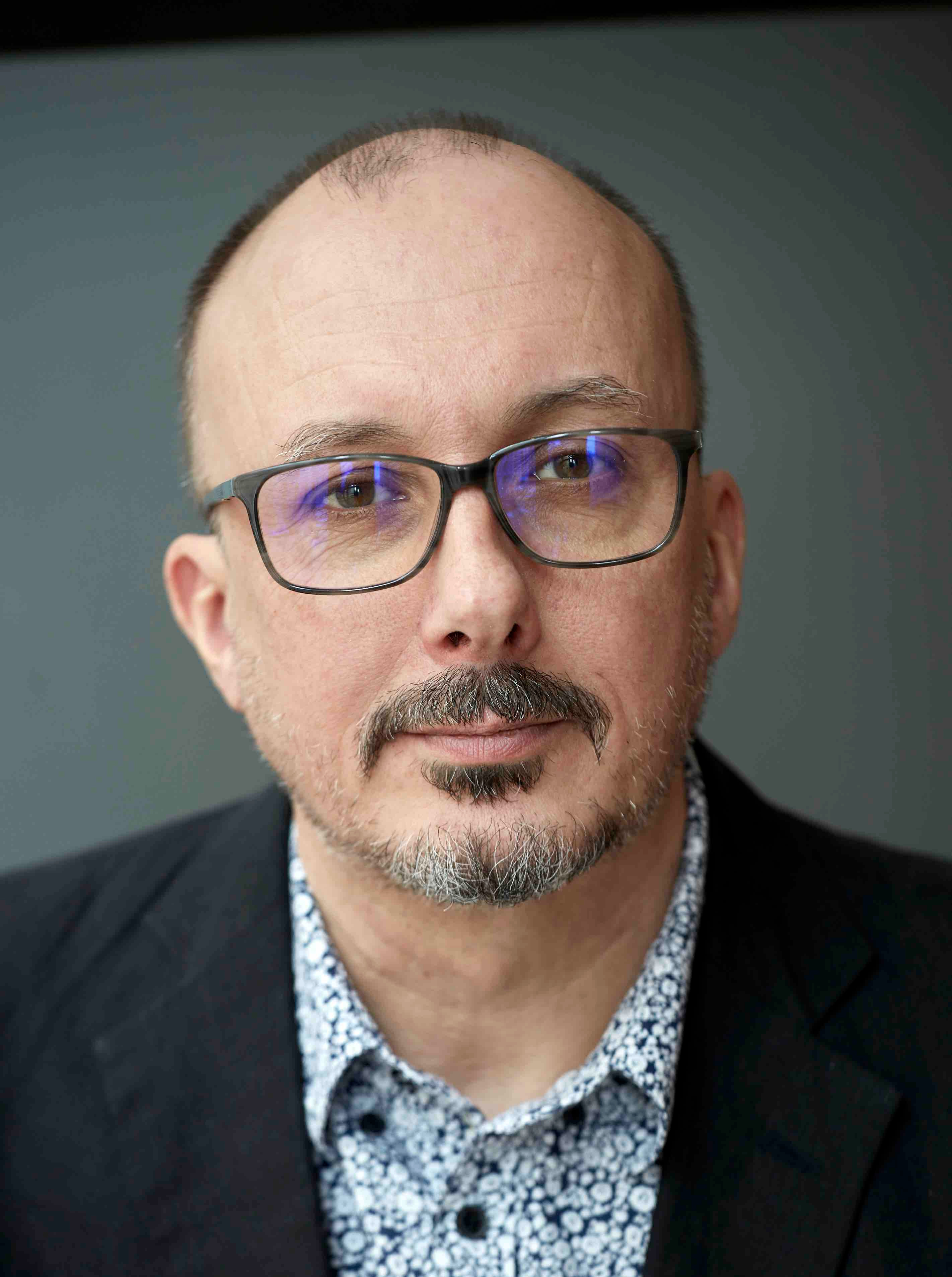
Opening keynote: How to Inspire and Motivate for Success
Pia-Maria Thorén
Intrinsic motivation becomes crucial when you cannot motivate by external rewards and when people choose development instead of a promotion. In this presentation, Pia-Maria will explain why we do what we do and how to link our basic psychological needs to the needs of the organization. in the strive to support people to move in a certain direction because they want to, not because they have to.
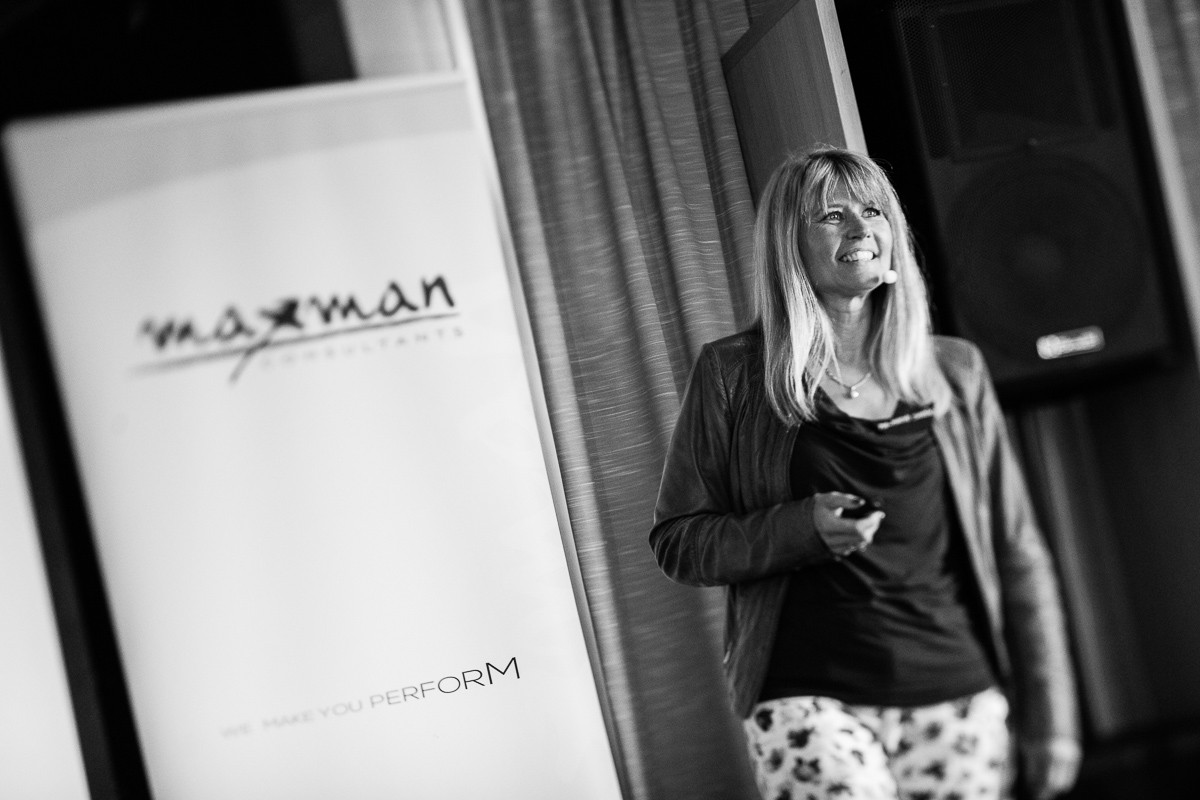
Closing keynote: It won’t really work unless the leader is…
Gervase Bushe
For over 20 years Professor Gervase Bushe has been in the trenches of leadership development, creating learning processes that help leaders show up in the way needed to lead truly collaborative teams and organizations. In this talk he will share what he has learned is the key teachable skill that increases leader’s vertical development to the level where they can tolerate paradox and ambiguity, create spaces where differences result in productive, creative outcomes and help teams and organizations actually learn from the collective experience of their members.
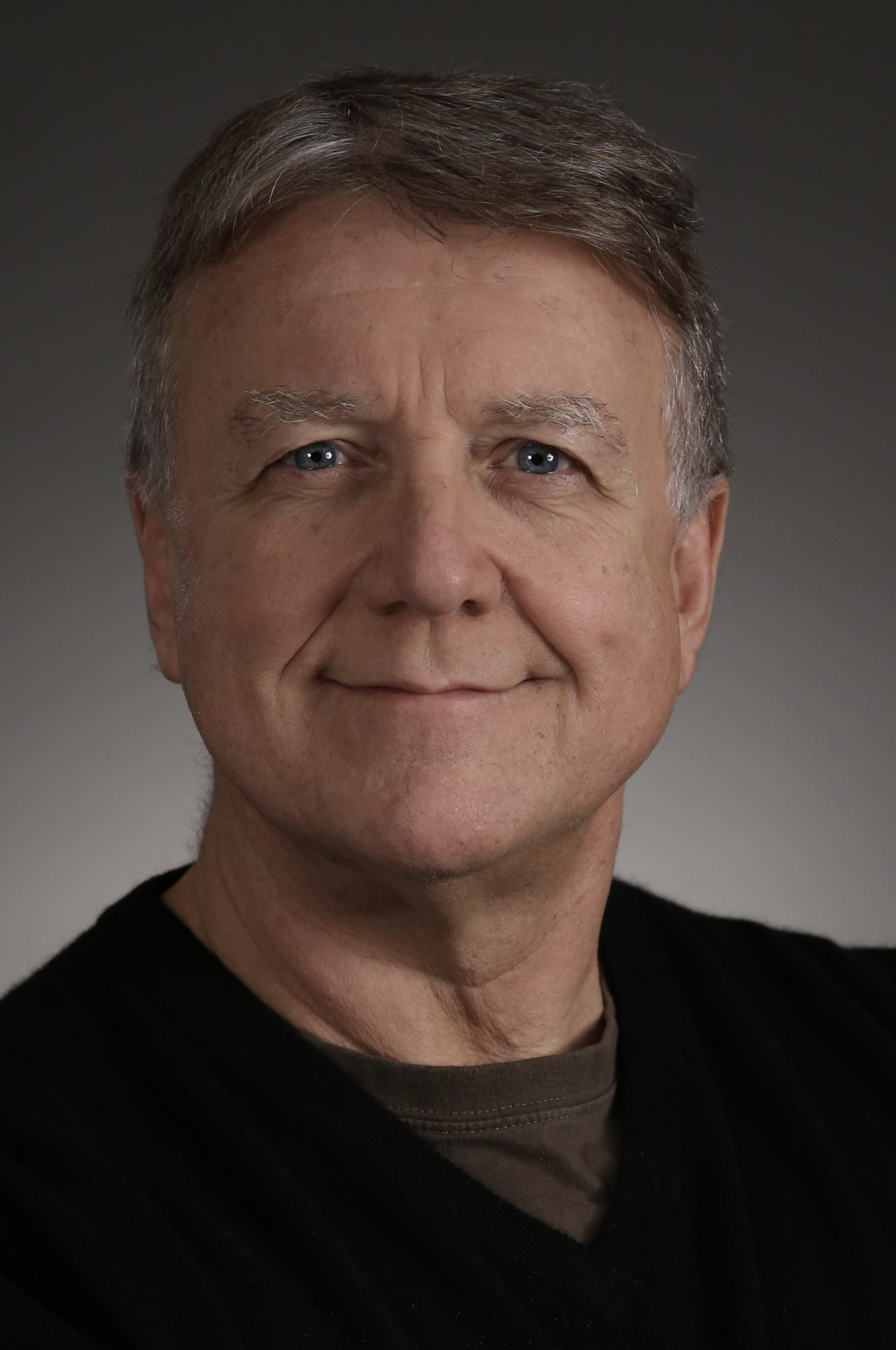

Track 1: Agendashift
17.00 - 17.15 CEST
Break

A TASTE of Agendashift
Karl Scotland
Agendashift is an Engagement Model which includes and integrates many powerful exercises and techniques. These techniques generate a lot of content and ideas, all of which allow teams and organisations to explore how they might be able to begin their transformation towards realising better outcomes. A challenge for all such facilitated models is keeping the essence of those conversations in the forefront so that transformations that started with good outcome-oriented intentions don't slip back into old solution-driven patterns. TASTE, and its associated X-Matrix A3, is a model which can help visualise some of the key outputs from the Agendashift workshop, and help maintain the coherence of change work as it moves into continuous transformation. This talk will show how this can be achieved and how to enrich Agendashift as a vehicle for Strategy Deployment.
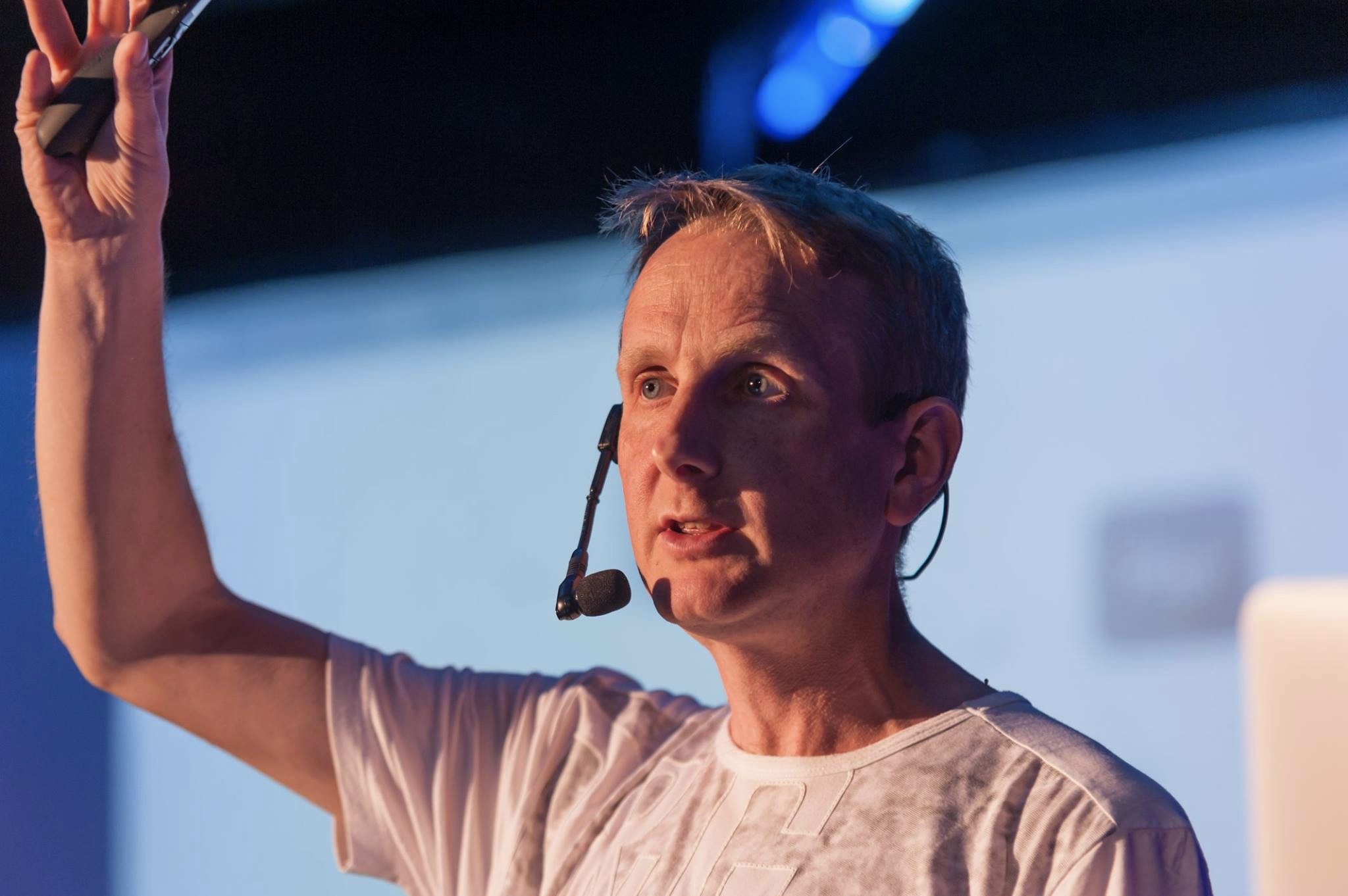
Clarity of direction: How to create outcome-oriented change
Dragan Jojic
We all know change is hard, especially meaningful, lasting change. It makes it even harder when it is approached with a solution-based mindset and a predetermined menu of methodologies, practices and tools.
What would happen if we were instead to look up towards what we would like to have happen – the outcomes? In the introduction to Agendashift, Mike states that “Outcomes are the currency in which Agendashift deals”. I have been fascinated with outcomes for a number of years now and have been using them in all of my client engagements. While we cannot guarantee to make them happen, the outcomes are the best way I know for achieving alignment and providing clarity of direction.
In this talk, I will share with you my current thinking as well as the practices and tools I have been using in the quest for outcome-oriented change.
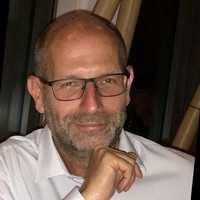
18.15 - 18.30 CEST
Break

What do we mean when we say Agendashift is Wholehearted?
Andrew Jones
Back in the summer of 2018, a group of Agendashift Partners met in a curry house where they occupied a corner in the establishment’s basement floor well away from other customers, and, with a large wall they could put paper on to capture ideas. There they discussed what the word “wholehearted” meant to each of those us in attendance.
It meant different things to different people but there was a consensus that they had come up with a “generative phrase”; that is a phrase that evokes a feeling of authentic engagement”, of an organisation that embraces everyone’s ideas and invites participation, where servant leadership and active listening form a solid foundation for collaboration, creating great ideas and putting them into product and services that meet customers’ needs at the right time.
In Agendashift, it is the “generative patterns” that are the engines behind establishing outcomes, identifying and resolving obstacles, and creating processes that power highly tuned and efficient organisations.
Andrew was one of the partners at the Curry House that night and he shares his stories of where the Wholehearted discussion has led him.

Bonus track: 18.30 - 19.00 CEST
Minimal and Virtual Agendashift Survey and Debrief
Steven Mackenzie
This is an experience report using the Agendashift Delivery Assessment, sharing
learnings in using it in a distributed on-line environment, trying to get the
maximum benefit from the survey inside 90 minutes time-boxes to support busy
teams during their on-going work. The work is within an international integrated energy company, supporting their on-going agile transformation. The Agendashift Delivery Assessment, and the debrief, have supported engagement of people in better alignment within and between teams as well as providing a great structure for an early conversation for agility coaches as they start work with new teams.

19.00 - 19.30 CEST
Both The Same, Only Different
Liz Keogh
Cynefin is a framework for making sense of different situations, depending on how predictable or unpredictable they are. Wardley Mapping is a method for developing strategy, depending on the maturity and visibility of the components involved. There are some obvious commonalities between them, and both are helpful for making decisions - but what is it that makes them different? And what can we do differently by looking at them together?
In this talk, Liz introduces, compares and contrasts both frameworks, looking at the constraints in play, the dynamics, and the all-too-common antipatterns for both.
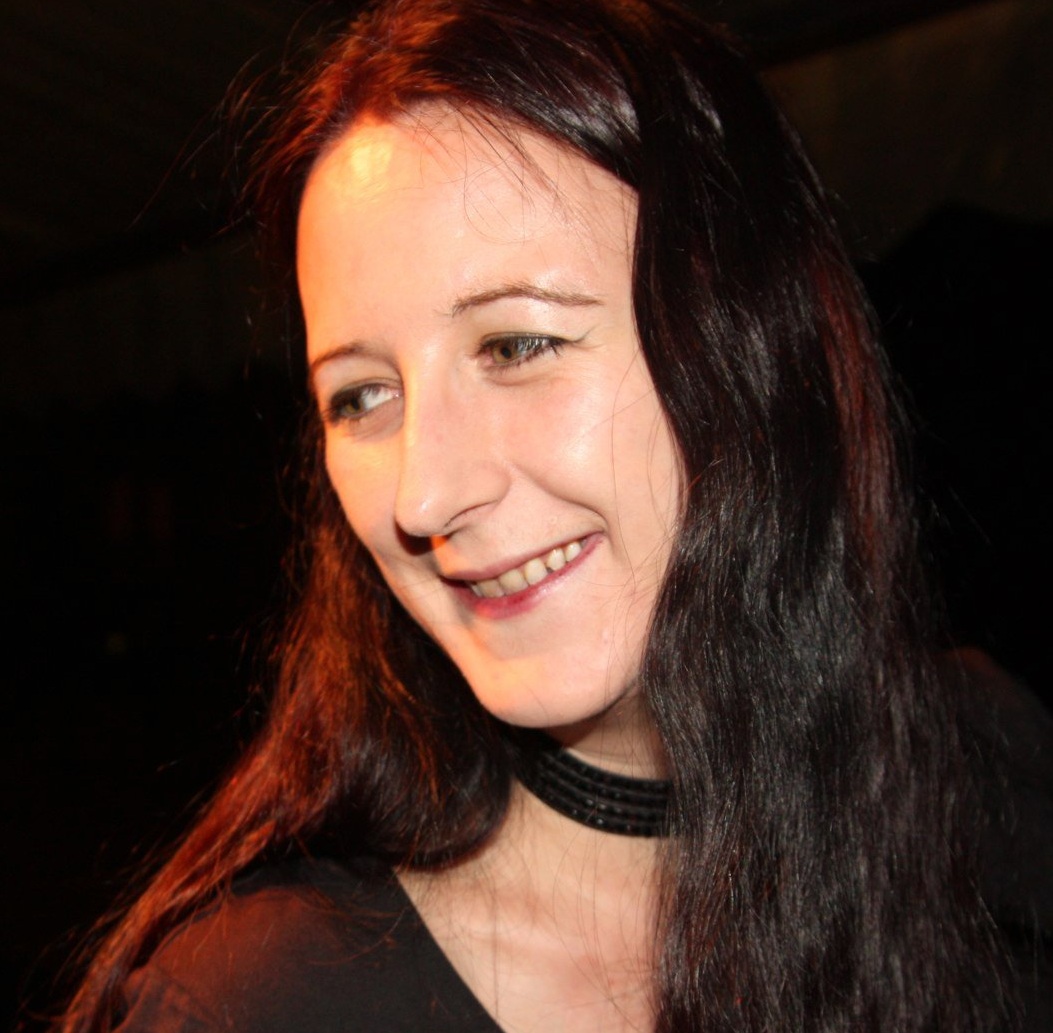
19.30 - 19.45 CEST
Break

Clean Set Up - setting outcome orientated intentions for an event or relationship
Caitlin Walker
I would like to introduce you to a really useful tool for managing meetings, projects and teams.
I’ll start by taking you through a short Clean Set-up so please have paper and pens handy.
I created this tool some years ago with my then business partner Dee Berridge.
We wanted to find out how we could work together at our best. Using the Clean Questions of David Grove. We enquired into what it was like when we were working at our best and what we each needed for that to happen. It’s invitation based and helps to build a network of intelligence around your group or team. Giving them each space to explore the metaphors, language and patterns that help to get people collaborating. Starting out by understanding we are all different and have different needs to be at our best, allows people freedoms to make choices and advocate for their needs with our contempt or drama. It also surfaces issues that can be unpacked and from which pairs and teams can grow stronger.

Track 2: Transformation
17.00 - 17.15 CEST
Break

Better than Yesterday
Evan Leybourn
Business agility is a complex and multi-faceted concept spanning all aspects and interactions of an organizational system. With the single intention of finding ways to create an organization best able to fulfill its purpose (its customer), no matter what the future brings. It is a continuum, where the question is not whether you have it, but rather how much you have and is it enough.
Regardless of the reason an organisation chooses to go down this path, the intention is to be better. And in today's society, we need better organizations. This means being better for customers through an overriding focus on meeting their real needs and creating positive experiences. Being better for employees through a foundation of respect, trust, and autonomy enabling them to work towards customer outcomes without coercion. And being better for society and contributing to a greater good.
We live in a time when work, life, and society aren't separate concepts but inextricably intertwined. And in today's unpredictable economy, for organisations who understand and act on this, it can be the difference between thriving and merely surviving.
However, defining business agility is not simple. There is no silver bullet or single framework, method, or system that can implement business agility - and, by definition, because an organization is a complex adaptive system, there can never be one. In most cases, even different business units need different approaches. Yet, while no two organizations follow the same journey, common patterns emerge.
In this talk, together we will explore these patterns to better understand the characteristics of an agile organisation.
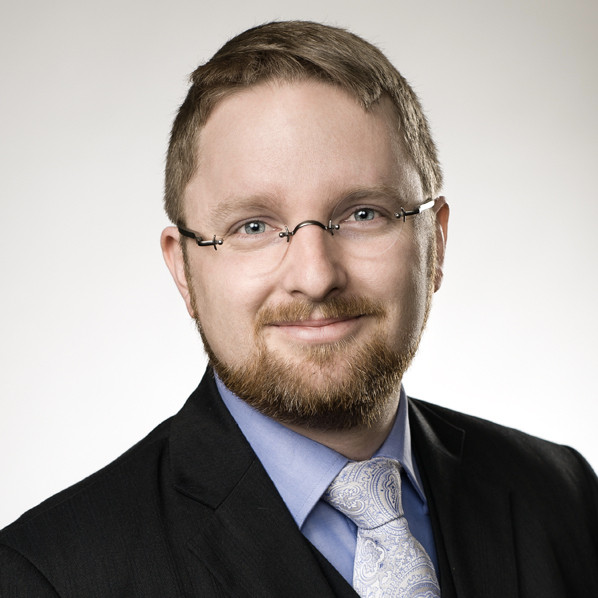
Patterns of Strategy – who really sets the agenda?
Patrick Hoverstadt
We like to believe that we set the strategic direction our organisations go in, but the evidence is that in the vast majority of cases, the strategic direction is emergent and that this drives the organisations agenda. We’ll look at how strategy emerges, the forces that drive strategic direction and how you can navigate to not just cope with them, but to use them to your advantage using the Patterns of Strategy approach. We’ll also look at the commonalities between the philosophical underpinnings of Agile and the similarities to agile strategy approaches.
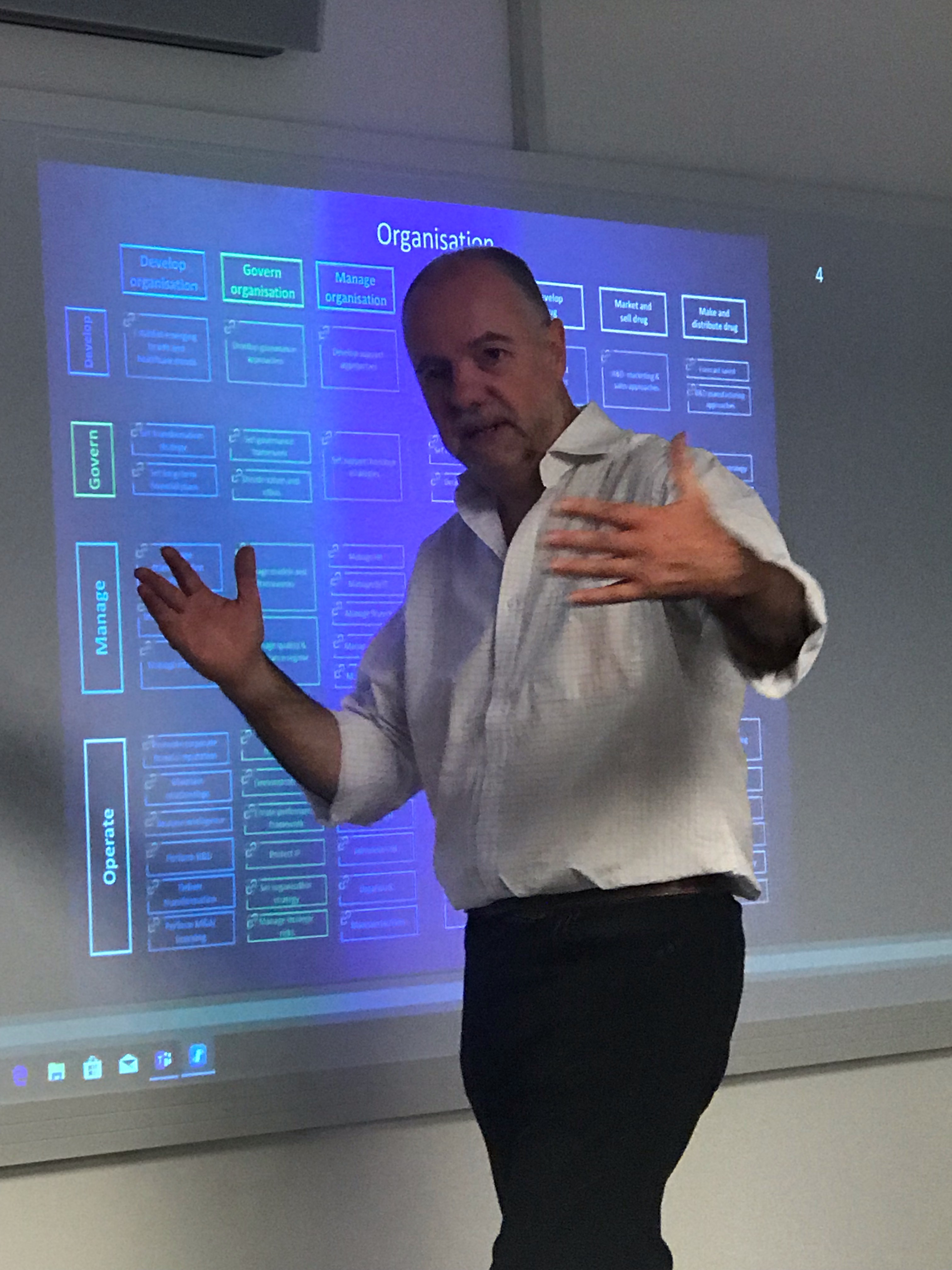
18.15 - 18.30 CEST
Break

18.30 - 19.00 CEST
Unlocking OKR with Agendashift and Tight Loose Tight
Kjell Tore Guttormsen, Humanize
Combining Agendashift with the leadership behaviours embedded in the Tight Loose Tight concept may increase your chance of success when using OKR.

Inviting Self-Management: A Key to REAL Success with Enterprise Change
Daniel Mezick
Consider attending this session if you want to improve your results with change in organizations. You'll learn a lot!
Here are the 3 building blocks of this session:
- First, workforce engagement is essential, if enterprise change is to STICK. Disengaged people do not change. Engagement is essential to success.
- Second, inviting participation offers the very best chance of success. The forcing or imposing of change can guarantee a potentially huge failure.
- Third, making a decision is very engaging, And every invitation asks for a decision.
Therefore, leadership invitations to participate in enterprise change are actually QUITE engaging.
During this session, we will explore these very powerful dynamics around invitations from leaders, decisions, engagement, and self-management.
We'll also explore:
- How great results are created by Self-Management;
- How Self-Management is actually the management of DECISIONS;
- How making a decision is a fundamentally ENGAGING activity, and
- How leadership invitations can eliminate the possibility of failure in enterprise-change programs
You exit this session with tools and resources for applying these ideas immediately in your own practice.
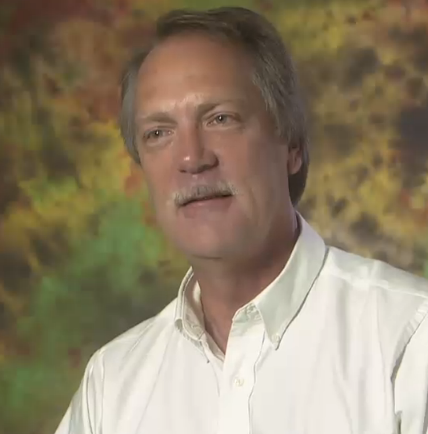
19.30 - 19.45 CEST
Break

Organisation in Mind: A mental model that helps managers lead in the digital age
Russ Lewis
Replacing the pyramid with a mental model of the organisation as it actually works, helps leaders and managers transition to better ways of working. There’s no framework, no licensing, no training, just a better way of thinking about how people produce value for customers and the role that managers have to lead improvement. It’s wonderfully simple and surprisingly powerful. In this talk, Russ will introduce the model and show three ways managers can use it to create conditions that make agility inevitable in their area.
This will be the very first time Russ has presented the model he’s been developing since 2015. As an original Agendashift partner we are delighted to celebrate the inaugural Agendashift conference with this important contribution to whole-hearted and outcome-oriented engagement models.
Afterparty



